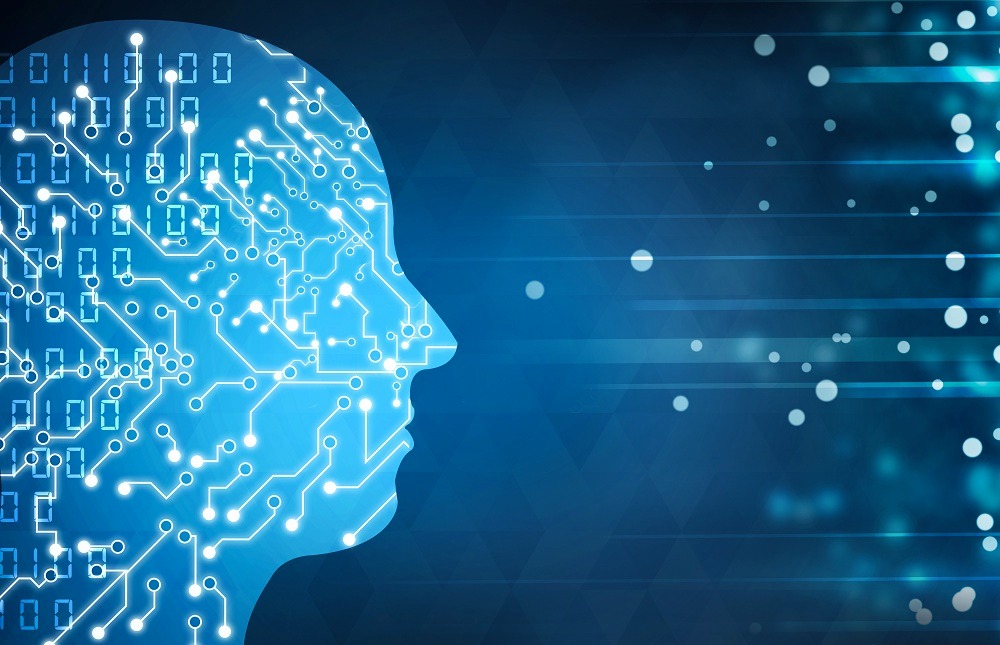In the age of information, businesses and organizations are inundated with vast amounts of data. The ability to harness this data for insights and predictions has become paramount for success. This is where Artificial Intelligence (AI) plays a pivotal role. In this article, we will explore the intricate relationship between AI, predictive analytics, and big data, and how this synergy is transforming industries and decision-making processes.
The Big Data Challenge
The Data Deluge
The advent of the internet, social media, IoT devices, and digital transactions has led to an explosion in data generation. This data, often referred to as “big data,” is characterized by its volume, velocity, variety, and complexity. While this wealth of data holds untapped potential, its sheer magnitude poses challenges for traditional data analysis methods.
Unlocking Insights
The goal of big data analytics is to unlock valuable insights from these massive datasets. Businesses can use these insights to make informed decisions, improve operational efficiency, enhance customer experiences, and gain a competitive edge. However, traditional analytical tools struggle to process and analyze such vast and diverse datasets effectively.
The Rise of Predictive Analytics
Predictive Power
Predictive analytics is a branch of advanced analytics that leverages historical data, statistical algorithms, and machine learning techniques to identify the likelihood of future outcomes. It goes beyond mere hindsight or understanding past events; it aims to foresee what might happen next. This capability is invaluable in a variety of fields, from finance and marketing to healthcare and supply chain management.
Predictive Models
Predictive analytics relies on creating predictive models. These models are trained on historical data to recognize patterns and relationships within the data. Once trained, these models can make predictions or recommendations based on new, unseen data. The more data the model processes, the more accurate its predictions become.
AI’s Role in Predictive Analytics
Enhanced Machine Learning
AI, particularly machine learning, is a driving force behind predictive analytics. Machine learning algorithms excel at processing large datasets and recognizing complex patterns. They can identify hidden insights and relationships that might be elusive to human analysts.
Real-time Decision Making
AI-powered predictive analytics can operate in real time, allowing organizations to make immediate decisions based on incoming data. For example, e-commerce platforms can use AI to make product recommendations to users as they browse, increasing the likelihood of a purchase.
Applications of AI in Predictive Analytics
Healthcare
In healthcare, AI-driven predictive analytics can forecast disease outbreaks, identify high-risk patients, and optimize treatment plans. It can also predict patient admission rates, helping hospitals allocate resources more effectively.
Finance
Financial institutions use AI-powered predictive analytics to detect fraudulent transactions, assess credit risk, and predict market trends. AI models can analyze vast financial datasets to provide insights and recommendations for investment strategies.
Manufacturing
Manufacturers employ predictive analytics to optimize production processes, predict equipment failures, and reduce downtime. AI-powered models can analyze sensor data to forecast maintenance needs, preventing costly breakdowns.
Marketing
AI enhances marketing efforts by predicting customer behavior, segmenting audiences, and recommending personalized content or products. Marketers can use AI to improve campaign targeting and conversion rates.
Ethical Considerations
While AI in predictive analytics offers immense benefits, it also raises ethical considerations, particularly related to data privacy, bias, and accountability. Ensuring that AI models are fair, transparent, and protect individuals’ privacy is essential.
Conclusion
The synergy between AI, predictive analytics, and big data has transformed the way organizations operate and make decisions. By leveraging AI-powered predictive models, businesses can harness the full potential of big data to gain insights, make accurate predictions, and stay competitive in today’s data-driven world.
As AI and big data continue to evolve, it is crucial for organizations to invest in data analytics capabilities and ethical AI practices to fully unlock the benefits of predictive analytics. The role of AI in predictive analytics is not just a trend but a fundamental shift in how industries leverage data for informed decision-making and innovation.

